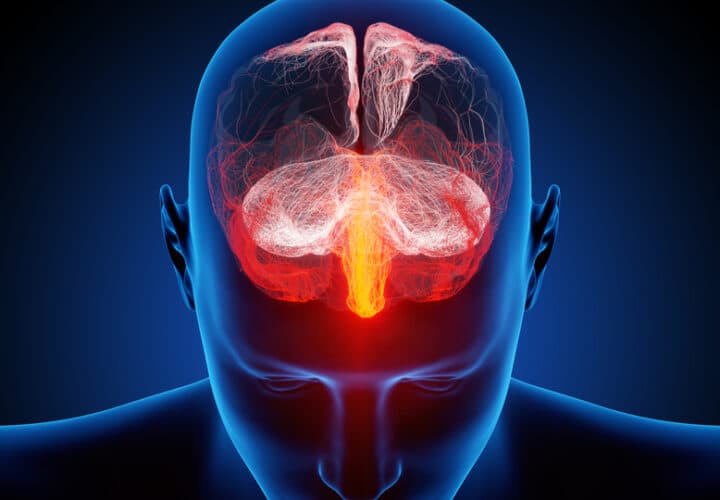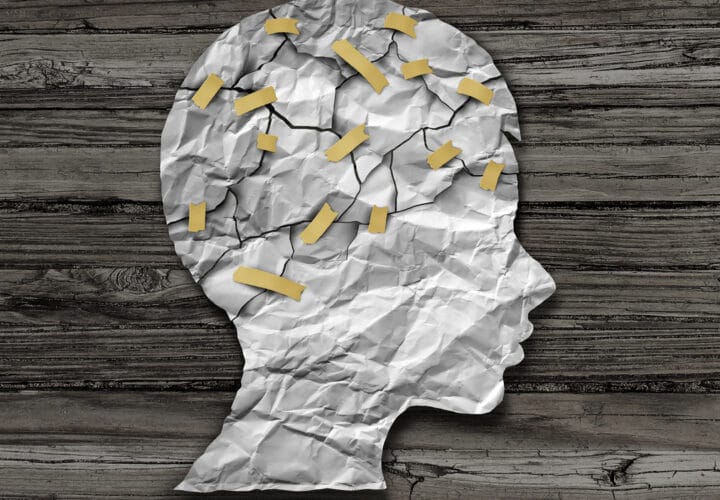Researchers conducted the first human trial of a drug that may prevent the long term consequences of brain injuries. Without any clinically-accepted drugs that can slow the progression of severe brain injuries, scientists hope that one day, the drug could offer a more effective treatment for people with traumatic brain injury (TBI) and intracerebral hemorrhage (ICH).
“There’s medical management [of the injury] but there really are no effective disease-modifying therapies that slow down the progression of the injury,” Linda J. Van Eldik, director of the Sanders-Brown Center on Aging at the University of Kentucky, said in an interview with Being Patient.
A blow to the head can lead to traumatic brain injury, disrupting brain functions. People who suffer from head trauma or high blood pressure may develop intracerebral hemorrhage (ICH), one of the deadliest types of strokes associated with bleeding within brain tissues.
Within the first hours of the brain injury, a type of protein called cytokines increase and their levels stay high for up to three to five days. The cytokines damage the brain’s nerve cells, causing inflammation in the brain. Yet another wave of cytokines will storm the brain in severe cases of brain injuries.
To prevent the vicious cycle triggered by the conditions, researchers from the University of Kentucky conducted the first human trial of MW189, a drug that may suppress inflammation in the brain.
In the first phase of the clinical trial, the scientists tested whether they could safely administer the drug called MW189 to healthy participants. The researchers gave a single dosage of the drug to a group of participants and the placebo to another cohort. They also administered multiple dosage of the drug over seven days to one group of participants, while another group receive the placebo.
They found that MW189 was safe after assessing the participants’ vital signs, physical and neurological states.
To examine whether the drug reduced the levels of cytokines, the researchers administered low dosage of endotoxin to another cohort of adults—a drug that triggers the cytokines in the participants’ blood—while giving the placebo to another group of participants.
The researchers found that a type of cytokine that promotes inflammation decreased while anti-inflammatory cytokines increased. Nonetheless, Eldik cautions that there were only 18 participants in the analysis and the team will further examine the effects of the drug in the second phase of the clinical trial.
Still, it’s a hint that the drug may slow the progression of TBI, offering some hope for a research field that has failed to develop any FDA-approved drugs to treat it.
Many drugs have failed in clinical trials as researchers have focused on administering the drug immediately or soon after brain injury. Researchers have neglected an important fact: People often wait and even avoid seeking medical care after head trauma. One study shows that military personnel, who have a higher risk of developing TBI, often delay treatment for up to 72 hours after TBI. It can be difficult to transport deployed soldiers to medical facilities within hours.
Even though the government, philanthropic organizations and businesses have heavily invested in research for TBI, the condition remains a major cause of death and disability in the United States. In 2014, there were about 2.5 million visits at the emergency room for TBI-related injuries. Meanwhile, there are 40,000 to 67,000 cases of ICH a year in the United States. As many as half of all people with ICH die within 30 days.
“A lot of the early trials in traumatic brain injuries were focused on those immediate changes to the nerve cells that happen within minutes. And that’s not a treatable process because patients don’t [go] to the emergency room in minutes,” Eldik said.
For phase two of the clinical trial, the researchers plan to administer MX189 within 12 to 24 hours and continue the dosage of the drug five days after the injury, a longer therapeutic window that could perhaps be more effective to treat severe brain injuries.





